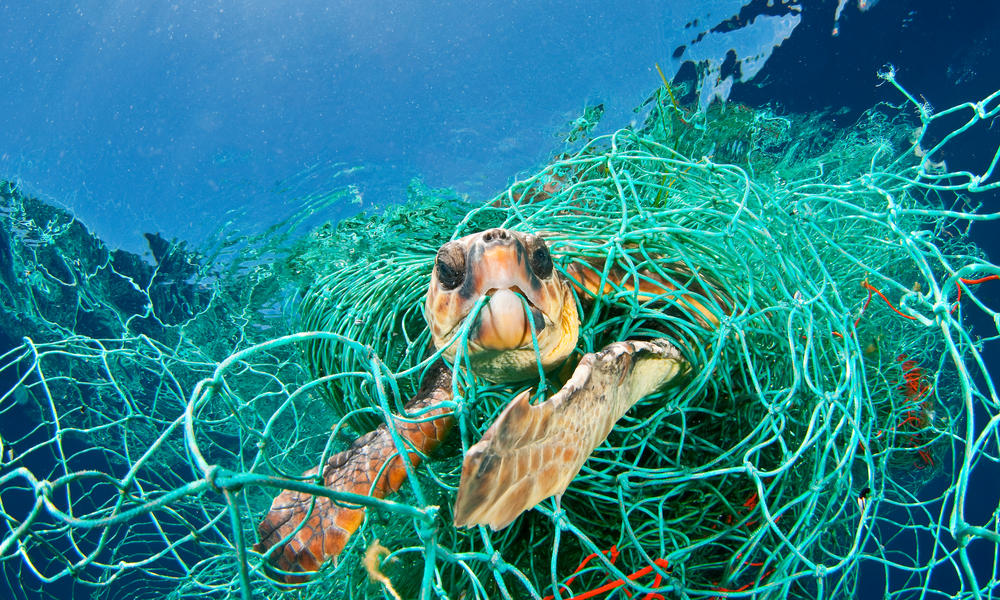Hawksbill Sea Turtle Habitat Facts | Their narrow pointed beak is a specialized feeding tool, much like habitat: Typically found around coastal reefs, rocky areas, estuaries and lagoons. Fun facts about hawksbill turtles. Basic facts about hawksbill sea turtle: The hawksbill sea turtle (eretmochelys imbricata) is a critically endangered sea turtle belonging to the family cheloniidae.
It eats both plants and. 50 cfr 17.95 puerto rico: Hawksbill turtles are able to feast on sponges that are toxic to other the hawksbill turtle is omnivorous. One of the smaller species of sea turtles is the hawksbill sea turtle. They are not particularly large compared to other sea turtles.

Hawksbill sea turtle (eretmochelys imbricata) is a highly migratory and solitary species. The species name imbricata is latin for imbricate which corresponds to the overlapping plates, called scutes on the hawksbill sea turtles shell. The hawksbill sea turtle (eretmochelys imbricata) is a sea turtle that is widely distributed in the indian, atlantic, and pacific oceans. What is the hawksbill turtle? Hawksbill sea turtle in its natural habitat. Hawksbill sea turtles (eretmochelys imbricate) closely resemble hawks, hence the name hawksbill. Hawksbill turtles look like hawks. Finally, due to the fact that many of the creatures it consumes carries toxins, it has yet one more unique trait. Facts about hawksbill sea turtles including their habitat, diet, threats, and more. And we work with fishermen to save turtles caught in fishing gear. Considered by many to be the most beautiful of sea turtles for their colorful shells, the hawksbill is found in tropical waters around the world. Their narrow pointed beak is a specialized feeding tool, much like habitat: They move very slowly when they are on land due to the design of their bodies.
Hawksbill sea turtles are a species of marine turtles distributed worldwide. Hawksbill turtles have been harvested for centuries in some areas, to remove their beautiful scutes and use them to make jewelry, barrettes, combs, and other trinkets. Natural predators of the hawksbill sea turtles are sharks, octopuses, crocodiles and large fish. From the genus eretmochelys, hawksbill is the only surviving species. Hawksbill turtles are one of the seven alive marine turtles' species which currently exist on our planet.

Hawksbill turtles are able to feast on sponges that are toxic to other the hawksbill turtle is omnivorous. The hawksbill sea turtle (eretmochelys imbricata) is a sea turtle that is widely distributed in the indian, atlantic, and pacific oceans. Firstly, the population of the critically endangered hawksbill sea turtle has an extremely wide distribution. Hawksbill turtles have been harvested for centuries in some areas, to remove their beautiful scutes and use them to make jewelry, barrettes, combs, and other trinkets. Sadly, like other sea turtles, hawksbills are threatened by the loss of nesting, feeding habitats and pollution among other factors. The hawksbill sea turtle, eretmochelys imbricata was first described by the swedish botanist, zoologist and physician carl linnaeus in 1766. They are the only surviving species in the genus eretmochelys. Lifespan, distribution and habitat map, lifestyle and social behavior, mating habits, diet and nutrition, population size and status. It is mostly seen in shallow lagoons and coral reefs where the sea sponges it eats live. Wwf works around the world to establish marine protected areas (mpa) to ensure sea turtles have a safe. 50 cfr 17.95 puerto rico: Hawksbill turtles are found throughout the tropical waters of the atlantic, pacific, and indian oceans. Finally, due to the fact that many of the creatures it consumes carries toxins, it has yet one more unique trait.
Hawksbill turtles are named after their pointed beaks, which resemble those of birds.1. The hawksbill is a small sea turtle. Hawksbill sea turtle (eretmochelys imbricata) is a highly migratory and solitary species. They migrate long distances so therefore, these. All areas of beachfront on the west, south, and east sides of the island from mean high tide inland to a point 150 meters from shore.

Unlike the other sea turtle species, hawksbill sea turtles have overlapping scutes (large scales) on their carapace (upper shell). Hawksbill turtles use different habitats at different stages of their life. They are not particularly large compared to other sea turtles. Hawksbill turtles are mainly carnivorous and use their narrow beaks to extract invertebrate prey from crevices on the reef. Fun facts about hawksbill turtles. Hawksbill sea turtle (eretmochelys imbricata). From the genus eretmochelys, hawksbill is the only surviving species. Natural predators of the hawksbill sea turtles are sharks, octopuses, crocodiles and large fish. Tropical coral reefs, open ocean, lagoons. Other interesting hawksbill sea turtle facts: Hawksbill sea turtle (eretmochelys imbricata). Know what do hawksbill sea turtle eat and their habitat. Hawksbill turtles are one of the seven alive marine turtles' species which currently exist on our planet.
The hawksbill is one of the smaller sea turtles hawksbill sea turtle habitat. Click here for more detailed information.
Hawksbill Sea Turtle Habitat Facts: Extend your understanding via hawksbill sea turtle facts.
0 comments:
Post a Comment